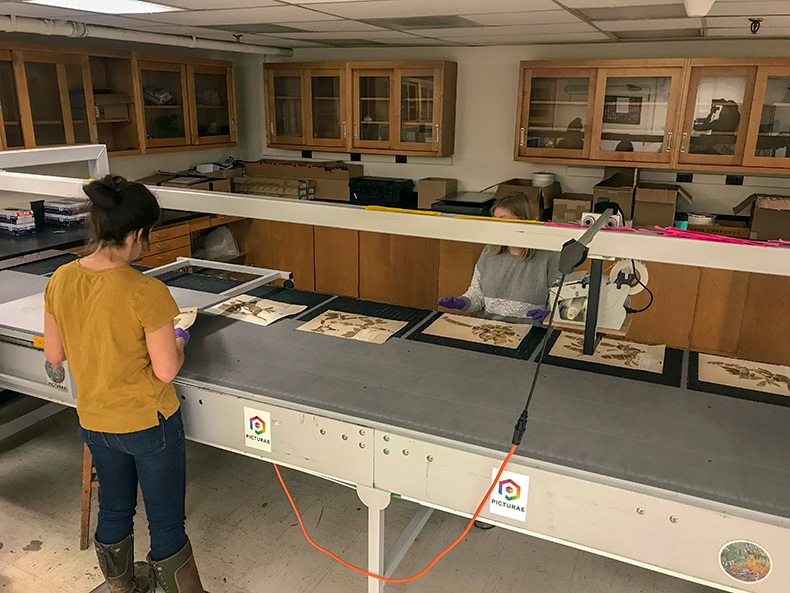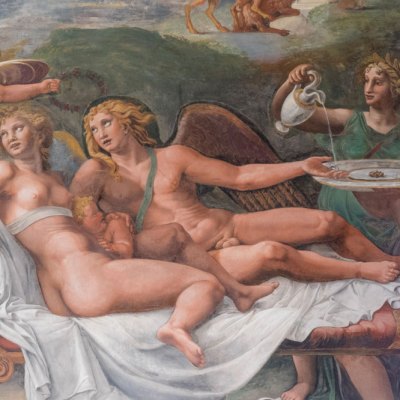Founded in March by Florentine digital-imaging company Centrica, this start-up is seeking to transform the way that art is taught in schools and universities. With more than 6,000 works, which trace the story of art from Ancient Egypt to the present, the software provides a one-stop shop for teachers and students.
Courtesy ArtCentrica

Launched in October, this digital compendium seeks to provide greater public access to editions by leading contemporary artists, as well as catalogue raisonnés and other works of reference. At present, the site provides a free-to-access overview of works by and publications on more than 400 contemporary artists, ranging from Robert Rauschenberg to Marina Abramovic.
Courtesy Ars Publicata

Art UK’s comprehensive catalogue of public sculpture across the UK has been more than five years in the making and joins its catalogue of paintings in public collections. The database of some 13,500 entries includes, where known, details of the creator(s), medium, year of construction or installation, acquisition method and notes about form and content alongside photographs of the works.
Eat for England (2005–06), Bob Budd. Photo: Susan Dawson/Art UK

Artwrld is a new NFT platform that aims to expand the field of crypto art by bringing established contemporary artists into the digital space. So far, the artists who have signed on to make their first NFT artworks include Yael Bartana, Mel Chin, Jill Magid, Shirin Neshat and Ahmet Ogut.
Monuments of the Disclosed: Marlene Garcia-Esperat (2022), Ahmet Ogut. Courtesy Artwlrd

Factum Foundation, a Madrid-based non-profit organisation, has worked with Fondazione Palazzo Te to recreate five designs by Giulio Romano as physical objects for the exhibition ‘Giulio Romano. La forza delle cose’ (until 8 January 2023). None of the original objects designed by Raphael’s pupil, which include an ewer in the shape of a sea monster, survive today.
Courtesy Factum Foundation

United States National Herbarium
In May this year the department of botany at the Smithsonian’s National Museum of Natural History completed a seven-year project to digitise its plant collections. The comprehensive digital data catalogue of images of specimens and transcribed labels is designed to help the preservation of the collections by reducing wear and tear and has been made fully accessible to the public.
Courtesy National Museum of Natural History, Smithsonian Institute, Washington, D.C.





